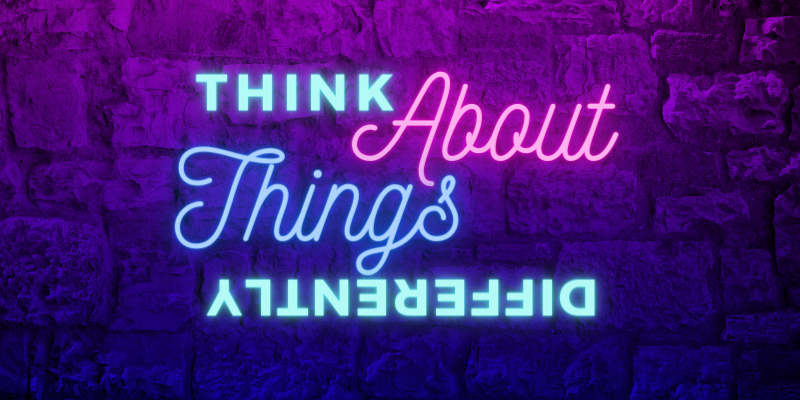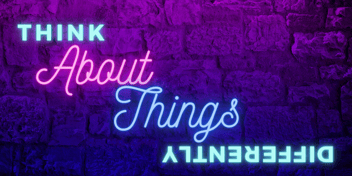The PMO Parallax
Helping Project Management pass the vibe check, one (chaotic good) retrospective at a time!
2023 has been a wild ride for tech industry news. On one hand, we've seen the continued development of cutting-edge technologies such as quantum computing and autonomous vehicles. But, on the other hand, there is still increasing uncertainty within the job market and banking industry. We speak to hundreds of people every month, from freelancers to hiring managers, and influencers to industry experts. So, we've collected what we believe to be the biggest current technology trends and emerging technologies. From advances in artificial intelligence to new security protocols, this month's headlines have been full of interesting stories about what lies ahead for tech enthusiasts everywhere.
Top Tech Trends, according to us
Anyone working in or around technology, regardless of the industry or vertical, should be excited about where we are and where its going. The exponential growth markets and hyperfocus on efficiency, scalability and security made our list of top tech trends write itself. (That's not an AI pun, but would have been a good one!)
- Artificial Intelligence and Machine Learning
- Disruptive Marketing
- Fractional Workforce
- Hyperautomation and Robotics
- Digitally Immune Systems
Artificial Intelligence and Machine Learning
Every list, on every site is going to have AI and Machine Learning on it. For good reason. However, while the main focus in most conversations is around ChatGPT, OpenAI and other UI based, prompt focused models, we think the real story is much bigger and more exciting than this.
In our opinion, multi-modal learning models and well as conceptual design models like DALL-E and CLIP (Contrastive Language-Image Pre-training) have far more potentially valuable applications. For example, in healthcare alone, patient data can be collected and analyzed by healthcare systems, including visual lab results, genetic sequencing reports, clinical trial forms and other scanned documents. These results can be laid out and presented in a way, if done right, can help doctors make more informed decisions. Similarly, further AI injection into IoT devices can help first responders and emergency medical personnel make faster, more accurate diagnosis's, which can lead to better prognosis and more lives saved. On a smaller scale, this will also help with at home self-care with the use of smart devices like watches, appliances and other smart home conveniences.
Disruptive Marketing
Disruptive Marketing is all the rage for current catch phrases, but it's anything but new. Every innovation that eventually becomes standard practice in marketing began as a disruption. Trade fairs, Print Ads, Commercials, Emails... etc. However, with the speed of innovation, it's becoming harder and harder to disrupt the market and stand out in the flood of communication and connection. The companies that can keep up and get ahead of that curve are the ones poised to set themselves apart.
What does that look like today, and why is it important? In today's environment, getting attention typically involves some level of shock or notoriety. Everyone get's emails, text messages, and social media targeted ads, but when you can surprise someone, that's when you'll get them looking up from their phone and talking about your company!
My favorite example of this recently is the Delta Airlines "Parallel Reality Experience" at Detroit Metropolitan Airport. The PARALLEL REALITY display allows up to 100 customers to each see their personalized flight information on a single digital screen -- at the same time. Each customer who opts in can see only their flight information. The proprietary multi-view pixel technology within PARALLEL REALITY displays can direct different-colored light to each of many viewing zones, allowing multiple people simultaneously looking at the same display to each see their own unique, personalized content.
More info here: https://news.delta.com/mediakit/parallel-realitytm-experience
Fractional Workforce
What is a Fractional Workforce? Well, it's what seems to be the natural progression from what we experienced during the Pandemic. Companies and workers have already adopted a remote first, decentralized, skill focused employment model. What has been less adopted, but gaining strength is the concept of a fractional hiring. At it's core, fractional hiring seeks out short-term, decentralized and dedicated expertise that can achieve results in a fraction of the hours it may take a full-time (and often heavily managed) generalist to produce. If carefully curated, fractional hiring can save your company significant time, energy, and money, while adding new insights and ideas into your team.
For example, if you're taking on a large new ERP or CRM implementation, you absolutely can use your existing team to research, plan and execute the migration. However, bringing in an expert would save you time, money, and free up your internal resources to focus on what they do best. Also, utilizing an expert can keep you away from pitfalls and ensure that you are implementing best practices.
The same goes for companies that don't need a full time CFO, CISO, CMO... etc. You can bring someone on as a fractional resource to help with short term projects, audits, certifications, or just to provide expert advise. The flexibility and scalability of having experts available as needed can change the way you do business.
Hyperautomation & Robotics
Hyperautomation is a business focused approach to quickly identify, vet and automate as many processes as possible. This requires a coordinated effort that utilizes multiple tools and technologies including artificial intelligence (AI), machine learning, event-driven software architecture, and robotics. A common implementation of combining these technologies and tools is a process known as robotic process automation (RPA).
The main difference between RPA and Hyperautomation is that RPA is a single technology used to automate simple tasks, where as Hyperautomation is a combination of technologies that can automate complex end-to-end business processes. RPA creates a bot that automates a repetitive task done by real employees. Hyperautomation combines multiple RPA's along with other data points to automate and build efficiency into an entire business need.
One of my favorite implementations of these concepts comes from the Kroger Hive Hubs. These facilities utilize robots and process automation to pick and pack customer orders with an efficiency that can get groceries delivered to people faster and further out than ever before. The grocery delivery network relies on the fulfillment centers which house more than 1,000 robots that can be found whizzing around 3D grids. Those grids, collectively known as "the hive," contain stacked totes that all have different kinds of food and products to deliver to customers.
According to Kroger, the robots whiz around the totes, picking up items, and then drop the items off at pick stations, where Kroger associates sort the items to get ready for delivery. Once the items are packed, groceries are then loaded onto Kroger delivery trucks, which can each store up to 20 orders. The company says the vans rely on algorithms7 to optimize delivery routes and consider such factors as road conditions and fuel efficiency. The vans can travel up to 90 miles with orders from the hub or spoke facilities.
More Info Here:
Digitally Immune Systems
Similar to our biological immune system, a digitally immune systems' goal is to manage the normal state of the the system. If there is a deviation from the normal state, it takes measures to restore it. A digitally immune system, specifically related to the normal state of security, is one that operates with little to no human intervention, and can automatically restore the system if disrupted.
The importance and value this brings is in the speed of recovery. Business risks can be reduced by strengthening application resilience and safeguard against bugs and security flaws. As a whole, it lessens an organizations exposure to damages related to downtime, and improves overall user experience. There is a mix of best practices and technologies that can support complex digital systems in this way.
The first step is allowing software and systems to be "observed". By actively monitoring users actions, the observable data can be used to build better models for reliability and resiliency. To take that a step further, implementing a level of AI into the software testing processes can reduce the need for human involvement, especially on repetitive or progressive actions. The next level of automated testing reaches into the processes used in chaos engineering, including experimental testing to find vulnerabilities in the system.
From there, a combination of site reliability engineering (SRE) and auto-remediation can be leveraged to define, monitor and automate best practices for recovery, repair and future proofing the system. Then finally, once the system is set to automatically assess and recover from internal forces, the next logical step is to prevent attacks from external sources. This is where software supply chain security measures come into play. Having visibility, transparency, and understanding the integrity of both proprietary and open-source code is a must. The integrity of both internal and external code should be protected by strict version-control policies, the use of artifact repositories for trusted content, and the management of vendor risk across the entire delivery life cycle.
Final Reflections
Having the right mix of tools, technologies and processes in unique to each organization, and takes careful consideration and planning. The ultimate goal of any decision should be in service of improving user experience and reducing risk, but still balancing a reasonable cost/benefit model.
Check out this month's Product recommendation: Digital Business Cards

